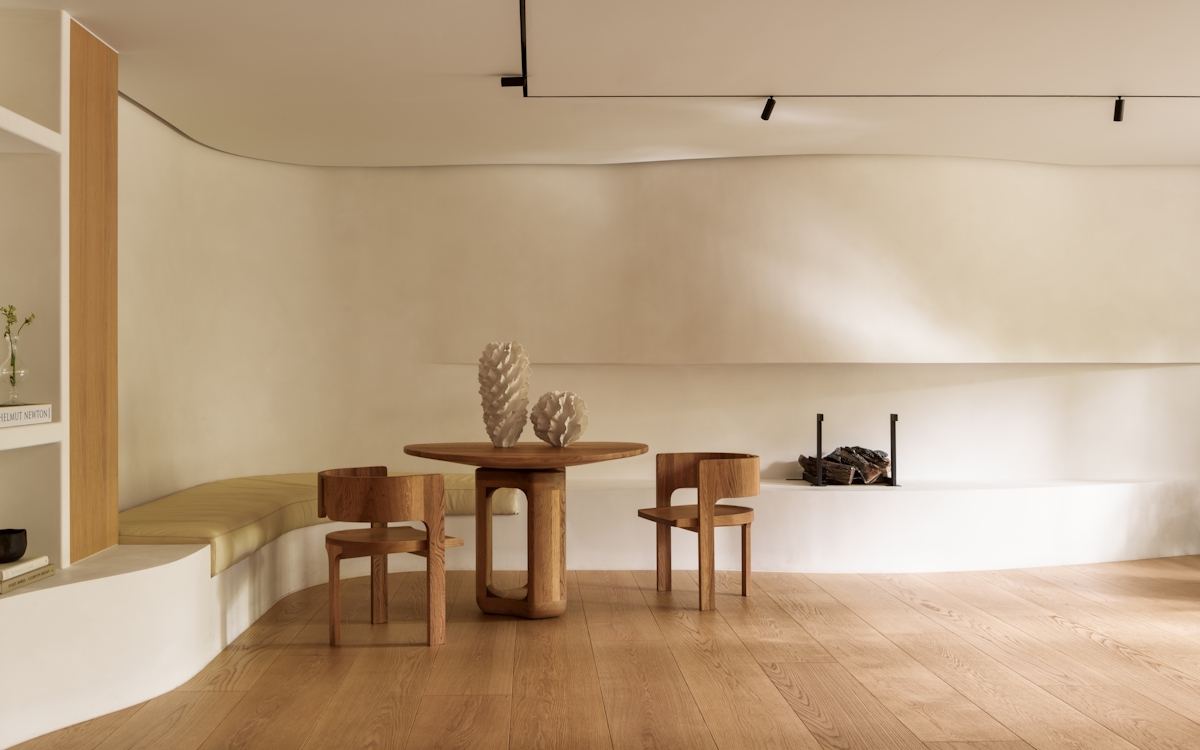Her surprising designs have been criticised as being so extraordinary they’re unbuildable (she defied those critics), not always making sense in their intended location and being overly expensive but nothing Zaha Hadid did during her three-decade-long career has surprised the world more than her untimely death. In the weeks since her passing, the trailblazing and formidable designer has been remembered in moving tributes by industry lights, including Frank Gehry and Norman Foster.
“She left us ahead of time – but she did everything ahead of time. Many of us weren’t ready for her arrival; none of us were ready for her departure,” expressed Marcus Fairs, editor-in-chief of Dezeen.
“She was an individual of great courage, conviction and tenacity,” explained fellow architect Norman Foster, “It is rare to find these qualities tied to a free creative spirit. That is why her loss is so profound and her example so inspirational. And, besides, she was my dear friend.”










